Take the initiative early
Bon Sa Nar, Quang Son commune, Dak Glong district currently has 459 households, mainly ethnic minorities. To ensure progress, starting from 3:00 p.m. on April 18, Mr. K'Than, the Bon Chief, is one of the members of the Voters' Opinion Gathering Team on the arrangement of provincial and commune-level administrative units of Bon Sa Nar and the members of the team divided up to go to each residential area to gather opinions.
Mr. K'Than said: "We went directly to each house, handing out ballots to household representatives. Because the village is mainly made up of local ethnic minorities, many of the elderly are illiterate, so we sat down to read, discuss and guide them to tick each box. Every day, we went from afternoon until evening, and only when the lights were no longer on did we stop."

According to Mr. K'Than, during the consultation process, some households questioned the policy of merging the three provinces of Dak Nong, Lam Dong, and Binh Thuan into one new province, with the political and administrative center located in Lam Dong. Therefore, members must take time to explain to the people this policy of the Party, especially after the merger of administrative units, the commune level will be given more power to make it easier for people to handle their work.
Ms. H'Juăn, from Sa Nar village, said: “At first, I didn’t understand, so I thought that there would be no more district, and that any documents needed would have to go to Lam Dong , which was too far, while the roads were difficult, dangerous, costly, and time-consuming. But through the analysis of the village officials, I saw that after the merger, the government would be closer to the people, and many procedures would be handled locally, so I felt very secure.”
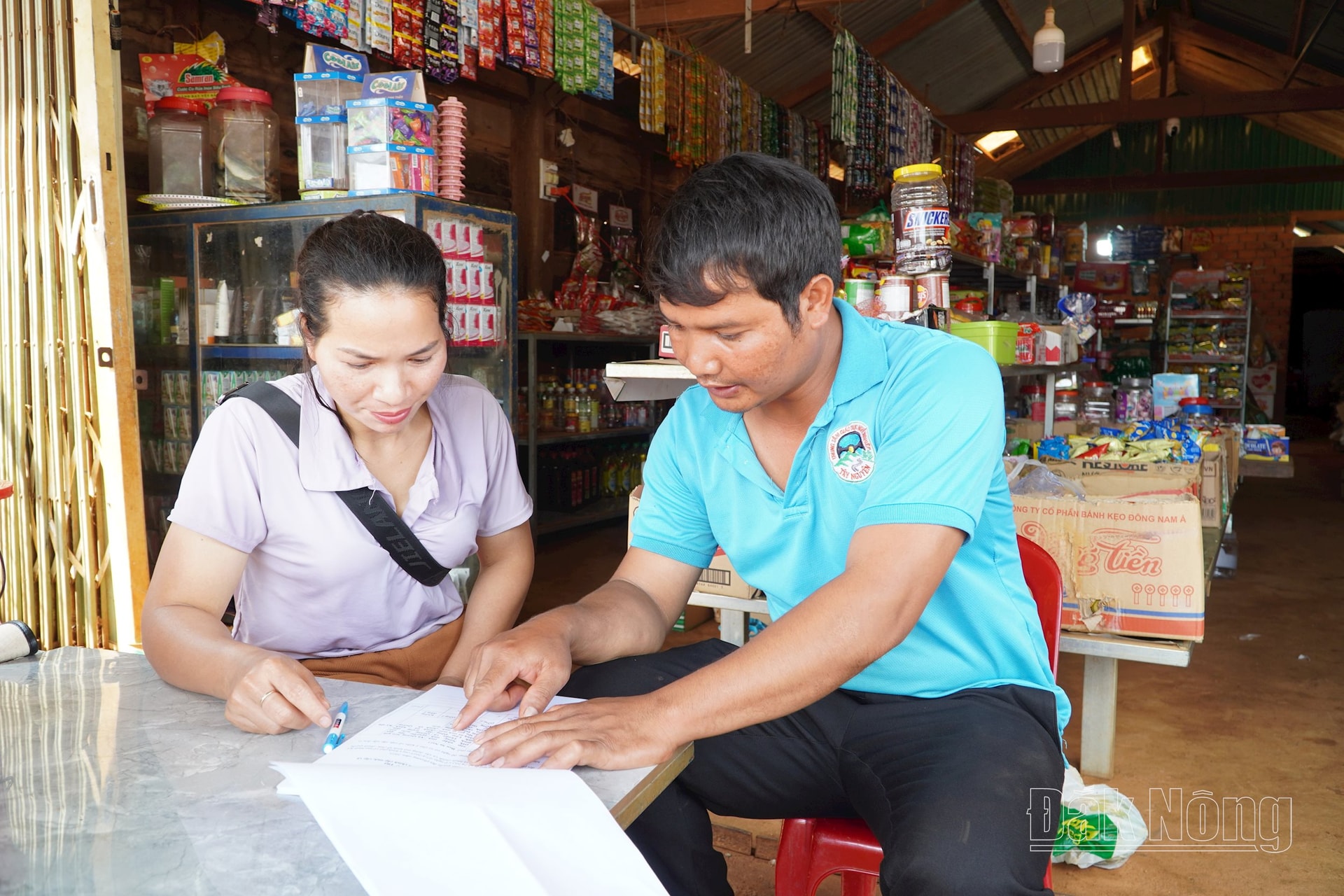
According to the standards for the arrangement of commune-level administrative units in Dak Nong , the communes to be rearranged must have an area of 100km2 or more; population of 5,000 people or more. Compared with this criterion, Quang Son commune is the only commune-level unit in the province that meets all the criteria and is expected to remain the same. Therefore, when consulting the people about the administrative boundaries, names and headquarters, there is no change, so the people are in high agreement. Mr. Le Van Lo, Sa Nar hamlet shared: "The arrangement of provincial and commune-level administrative units is clear. I hope that, even though it remains the same, the commune officials and civil servants in the future must try and uphold their responsibilities to not only build a government for the people, close to the people, but also develop Quang Son more and more".
Work through lunch to meet deadlines
On the evening of April 18, Ms. Tran Thi Phuc was invited by the Party Cell and the Self-Management Committee of Residential Group 4, Nghia Trung Ward, Gia Nghia City to a meeting to discuss the collection of voters' opinions on the arrangement of administrative units at all levels. Ms. Phuc said: "After the meeting to discuss and receive the task, I saw that it was only 7:30 p.m., so I quickly got to work to keep up with the schedule. The good news is that most households already understand the requirements, purposes, and policies of the Central and the province on the arrangement of the provincial and commune-level apparatus, so the collection of votes was very convenient."
On the morning of April 19, it was drizzling, so Ms. Phuc took the opportunity to go early to distribute ballots to voters. According to Ms. Phuc, this is the right of voters, so we must try to let people have a voice, express their wishes, especially not affecting the private affairs of the people. According to Conclusion No. 954 of the Provincial Party Committee Standing Committee, it is expected that Gia Nghia City will establish 3 new wards on the basis of merging existing communes, wards and Dak Ha commune of Dak Glong district.

In addition to the reorganization of administrative units at the commune and ward levels, the names of the new wards have been proposed. In addition to the names Gia Nghia wards 1, 2, 3, the Standing Committee of the Provincial Party Committee unanimously proposed other names such as Dong Gia Nghia, Nam Gia Nghia and Bac Gia Nghia wards. Ms. Vo Thi Kim Chi, residential group 4, Nghia Trung ward said: "Now the policy is clear, I just hope that the names for the new wards after the merger will create consistency, unity and contain the mark of Gia Nghia City".
Ms. Tran Thi Viet, Group 4, Nghia Trung Ward, said: “Naming a unit is very important. Because this is not just a common name but also the memory, present and future of a locality.”
Run and queue at the same time
Previously, the Provincial People's Committee issued Plan No. 233/KH-UBND on organizing the collection of voters' opinions on the policy of rearranging provincial and commune-level administrative units in the province.
The organization of collecting voters' opinions in Dak Nong province took place over two days, April 19-20. At 6:00 p.m. on April 20, the teams compiled opinions and sent them to the communes; at 9:00 a.m. on April 21, the People's Committees at the commune level compiled voters' opinions and sent them to the district; at 11:00 a.m. on April 21, the District People's Committee compiled voters' opinions and sent them to the province.
To ensure that the consultation process meets requirements and is on schedule, as soon as the plan was made, localities proactively and urgently started implementing it with the spirit of "running and queuing at the same time".
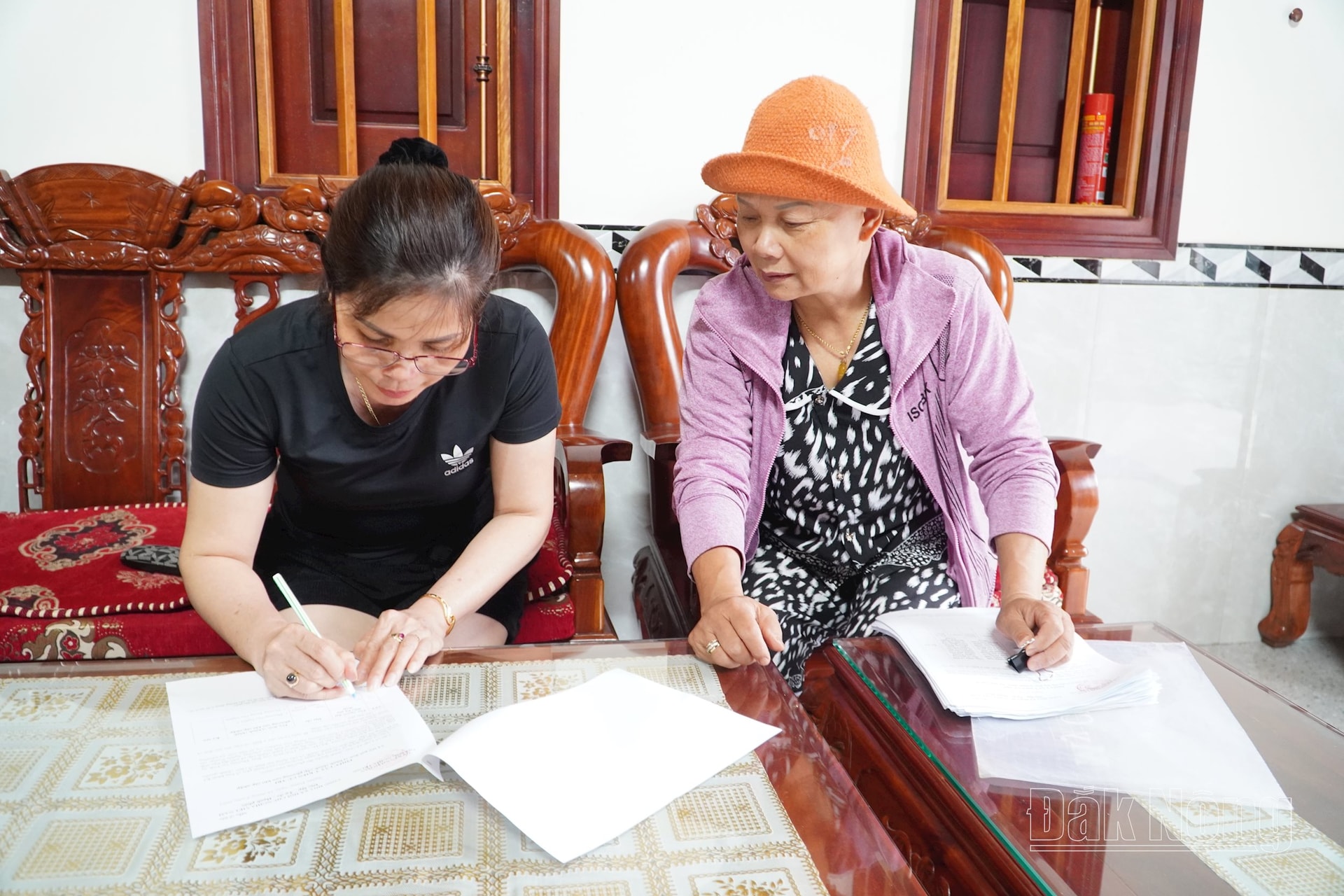
Deputy Secretary of the Quang Son Commune Party Committee Y'Xuan informed that the commune has an area of 454.22 km², a population of about 22,897 people, and a population density of about 39 people/km². With a large area and a large population, to ensure that the collection of voters' opinions is required, when the Provincial People's Committee issued the plan, the commune proactively met, discussed, and assigned specific tasks to grassroots officials. When the ballots arrived, the commune immediately handed them over to the groups in the villages and hamlets and requested them to do it immediately, without waiting until April 19.
“With a high sense of responsibility, all residential areas of the commune urgently conducted the collection of opinions. Due to the requirement to distribute ballots directly to representatives of each family, the groups depended on the reality to collect voters' opinions, on the basis of not affecting the daily work of the people and ensuring democracy and objectivity,” informed Deputy Secretary of the Party Committee of Quang Son Commune, Y'Xuan.
Through research, it is known that each village-level unit in the province is divided into many small groups led by the head of the Party cell, self-management committee, and front work committee to directly collect opinions. Each group is assigned a clear area, with a list of each household to avoid mistakes and confusion. The assigned groups are proactive in collecting opinions regardless of day or night.
In some communes with large areas and a large or scattered population, the groups were required to start implementing the ballots as soon as they received them, without waiting until April 19. During the process of collecting opinions, for issues that voters did not understand, the group members also explained and analyzed to create consensus and agreement with the Party's policies.
Source: https://baodaknong.vn/dak-nong-chu-dong-lay-y-kien-cu-tri-ve-sap-xep-don-vi-hanh-chinh-250005.html







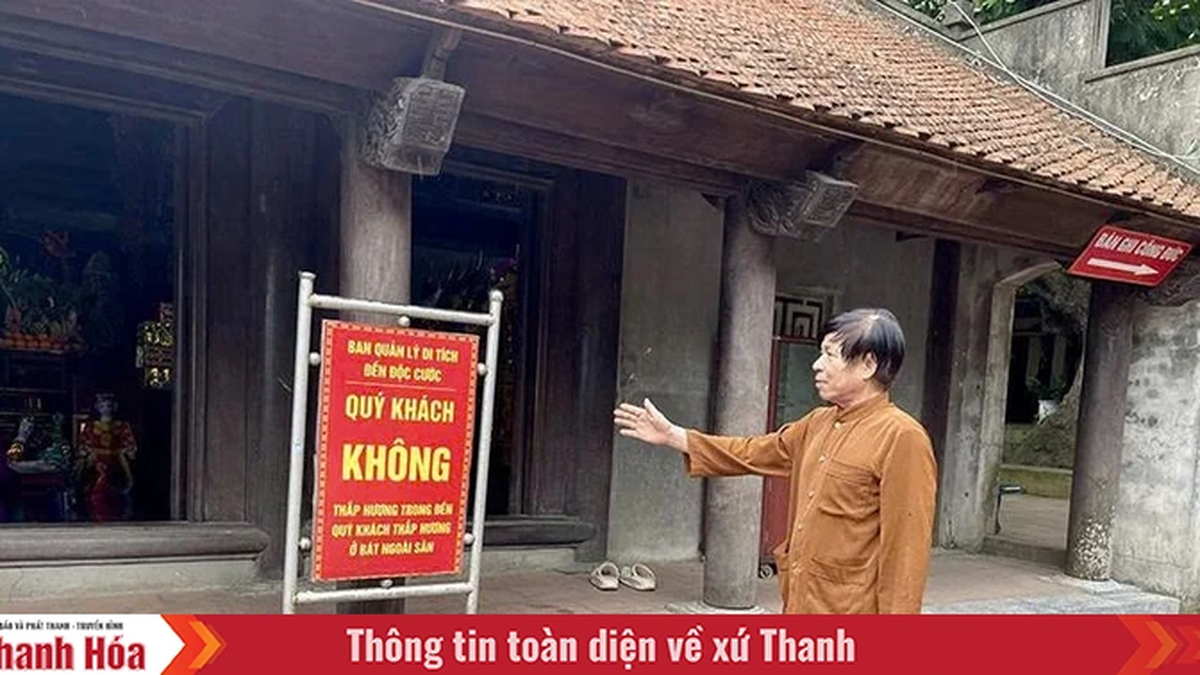

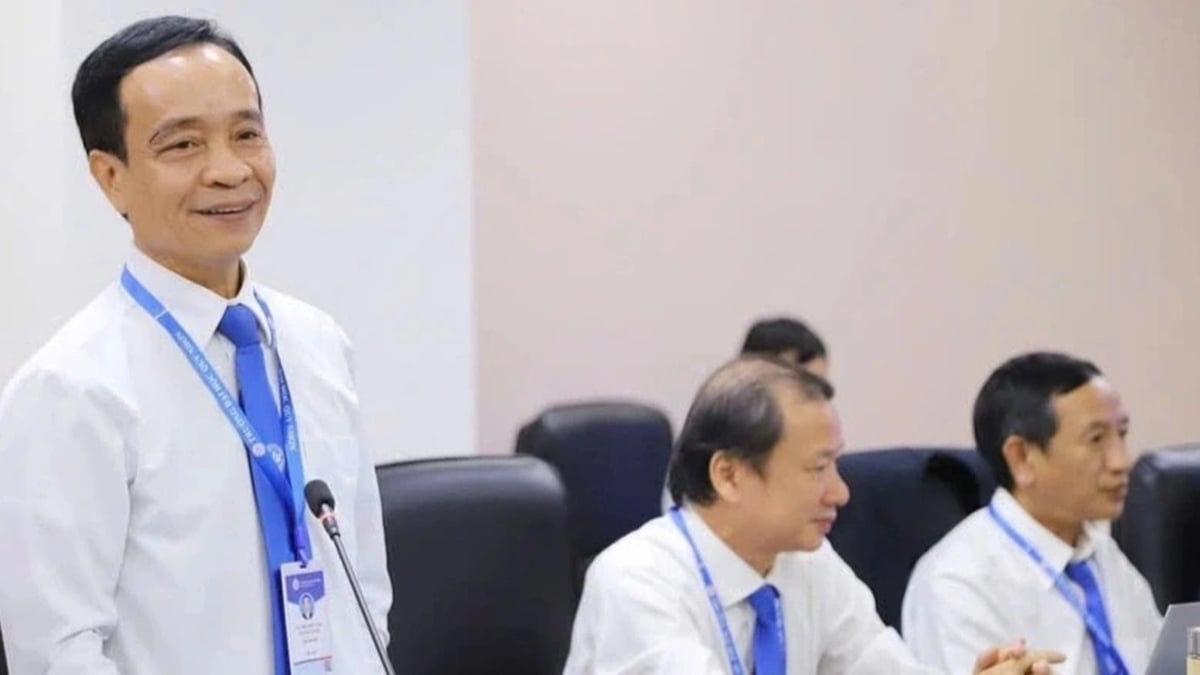
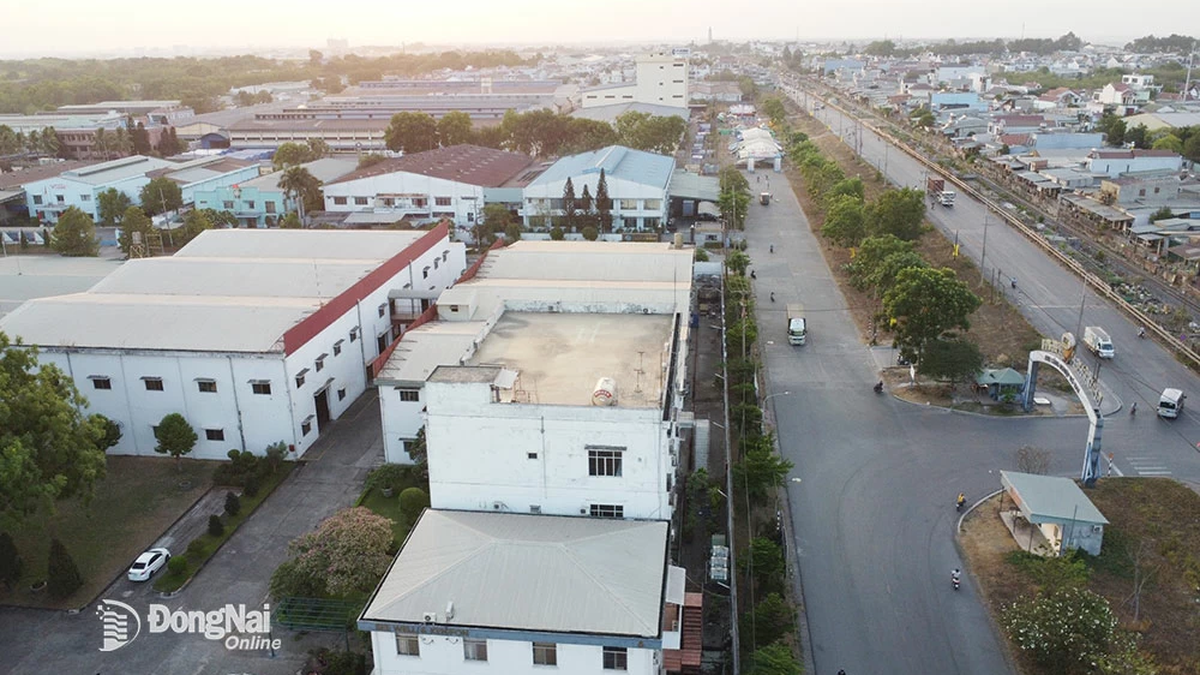
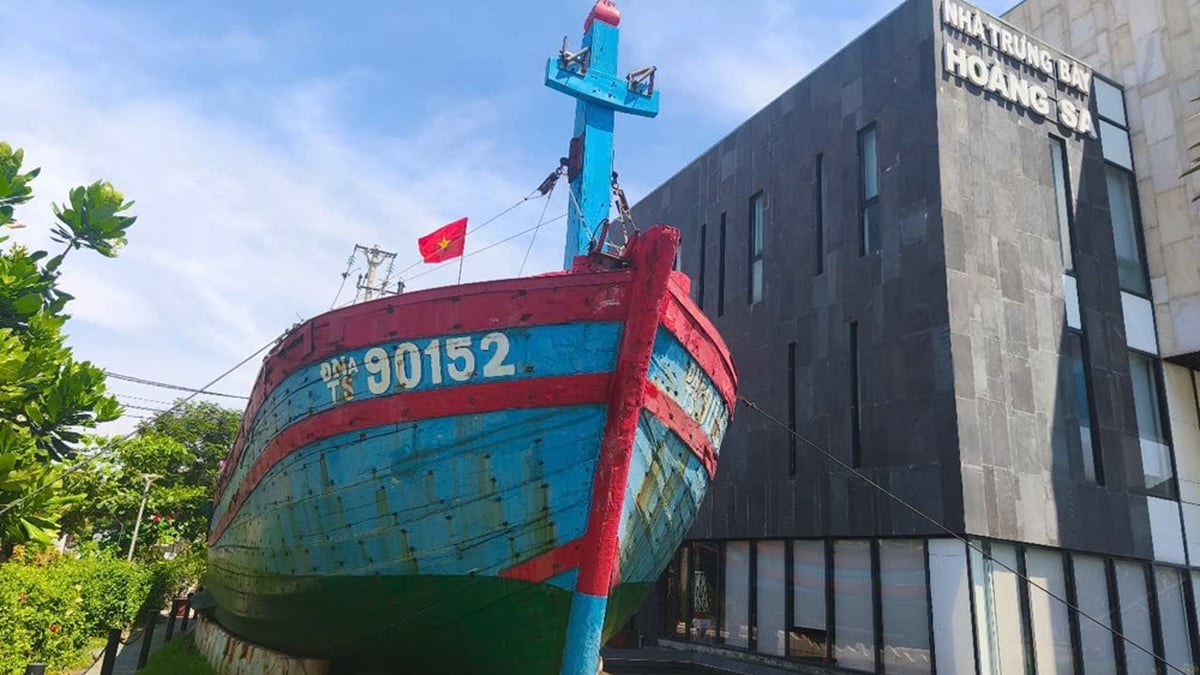








































![[Maritime News] More than 80% of global container shipping capacity is in the hands of MSC and major shipping alliances](https://vphoto.vietnam.vn/thumb/402x226/vietnam/resource/IMAGE/2025/7/16/6b4d586c984b4cbf8c5680352b9eaeb0)













































Comment (0)